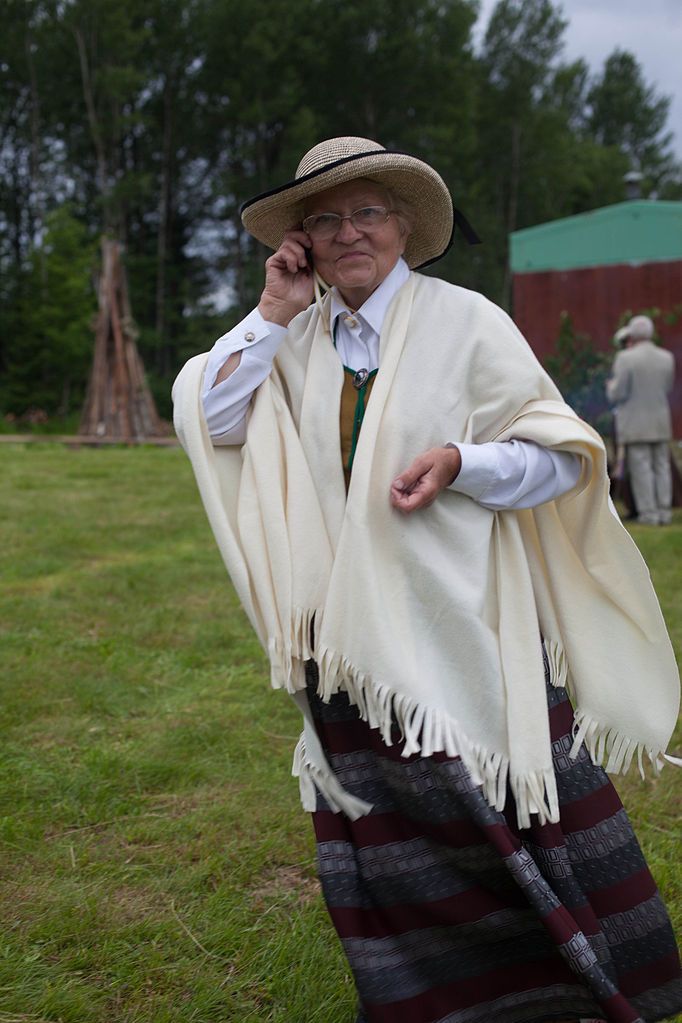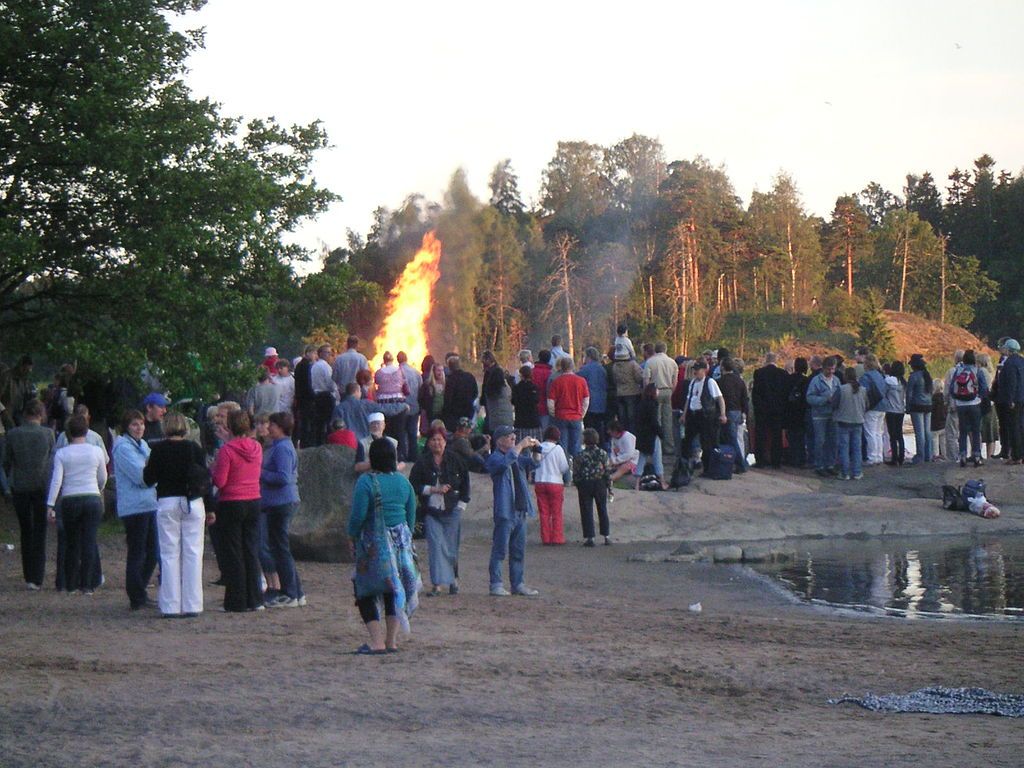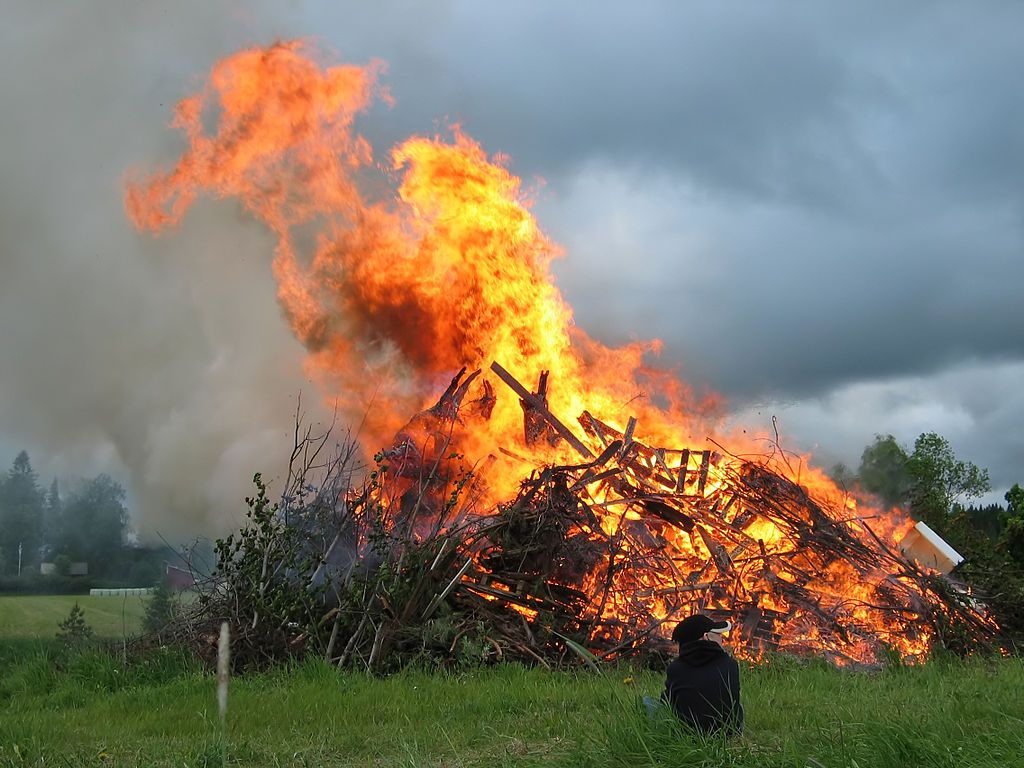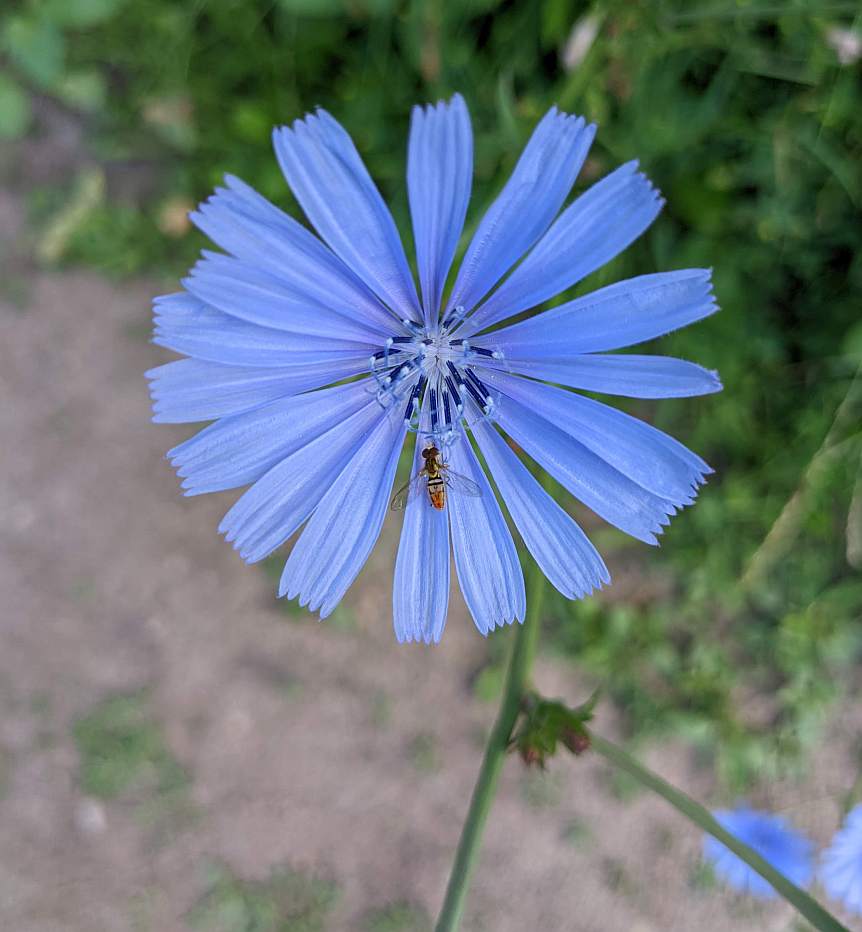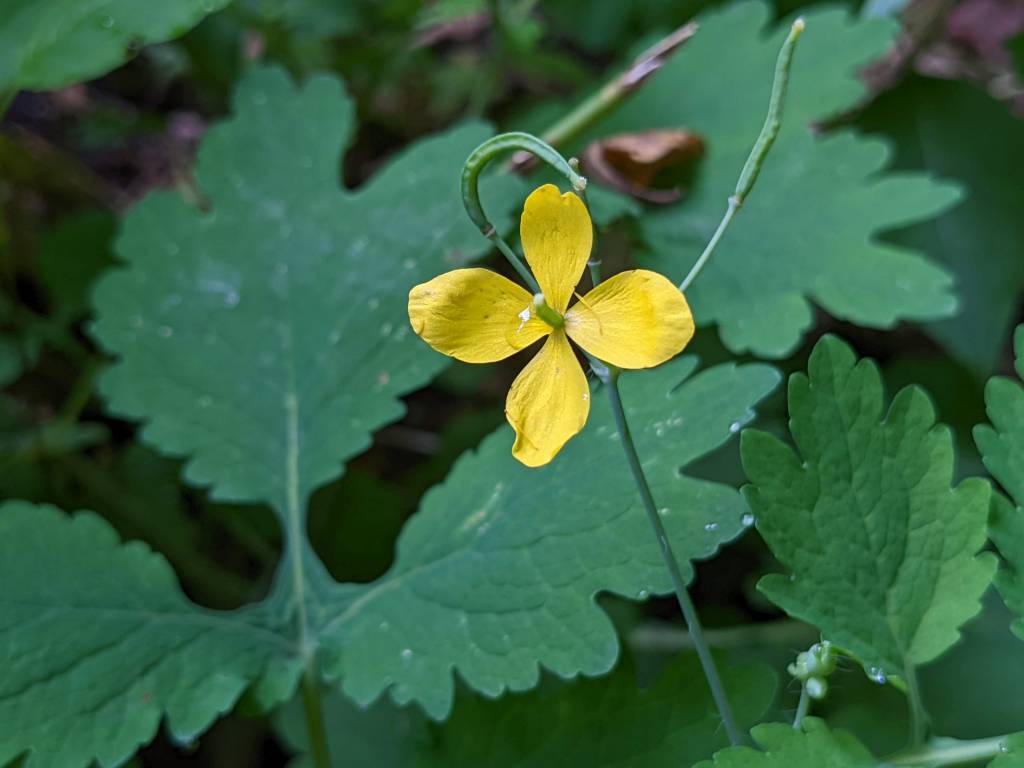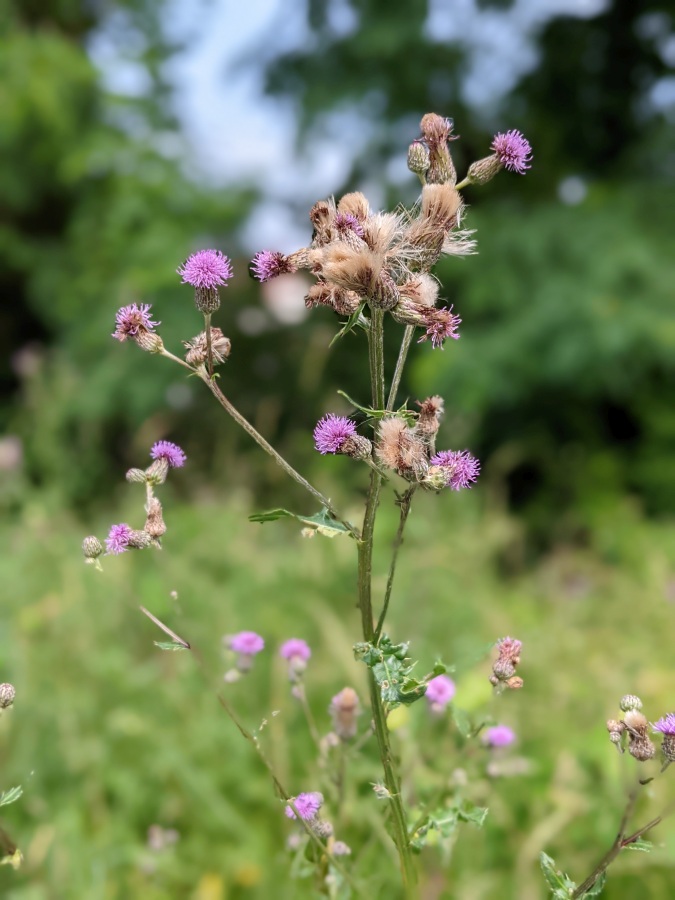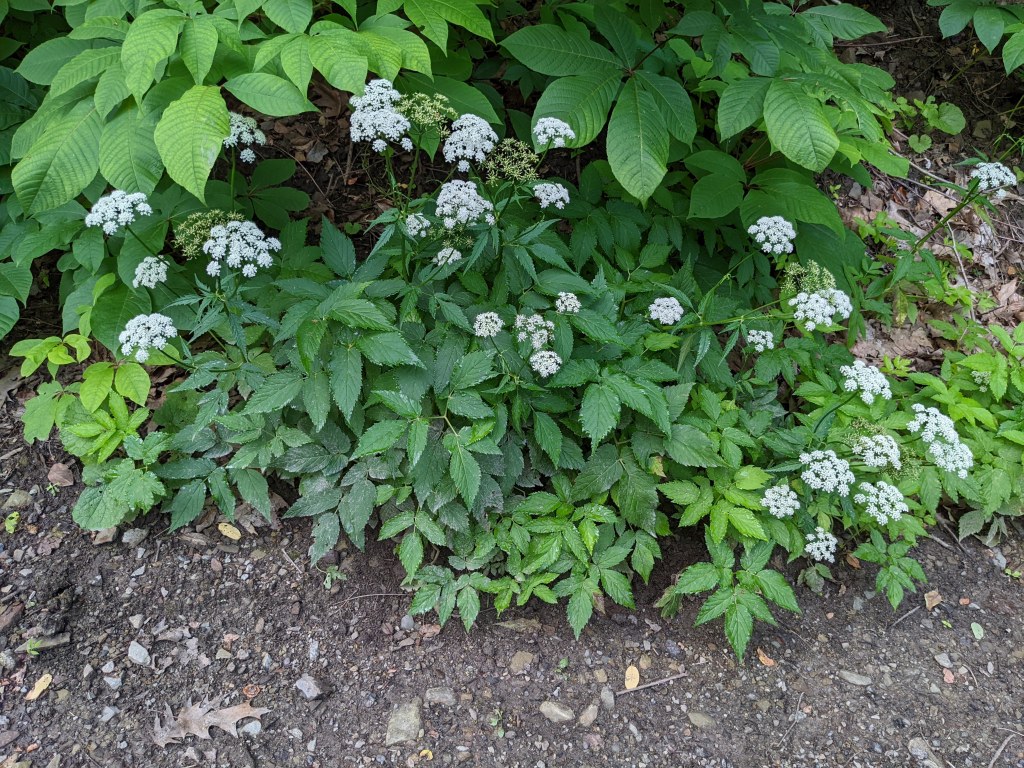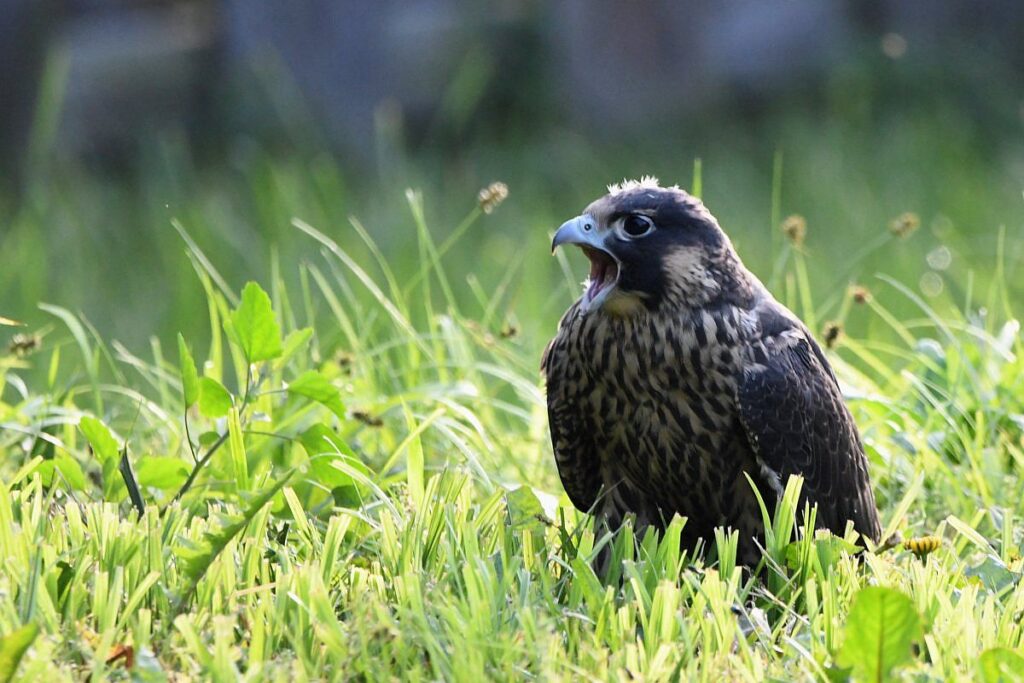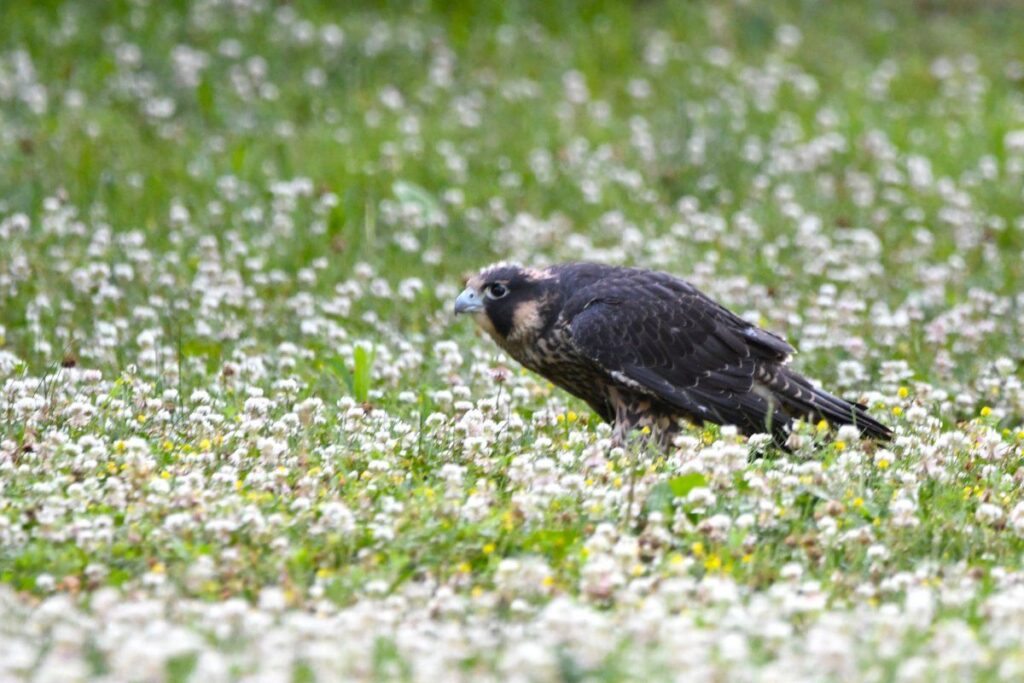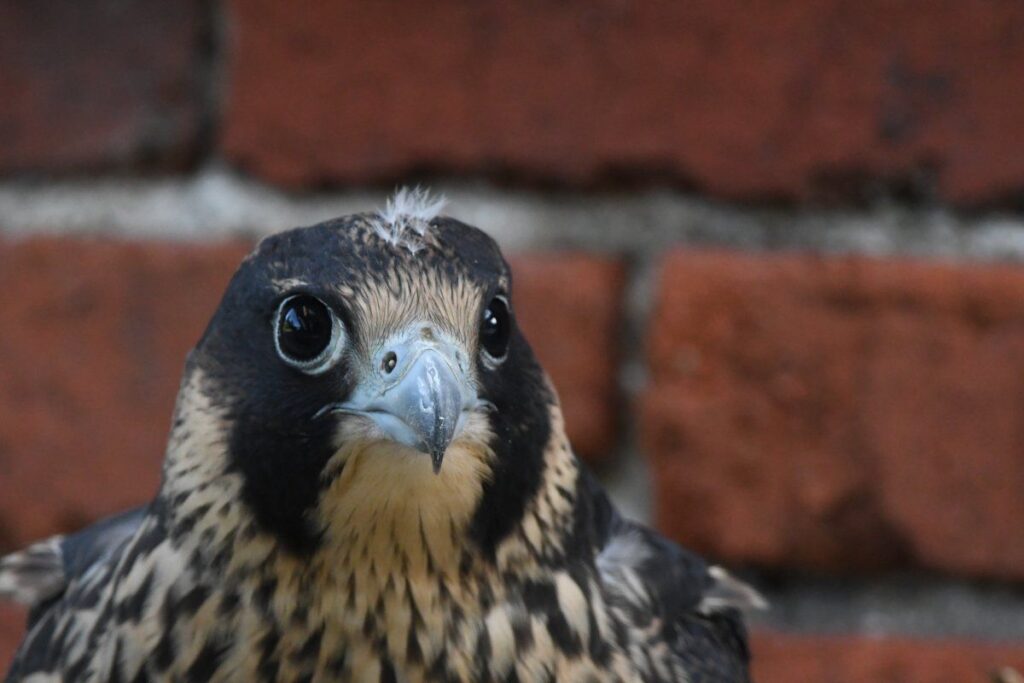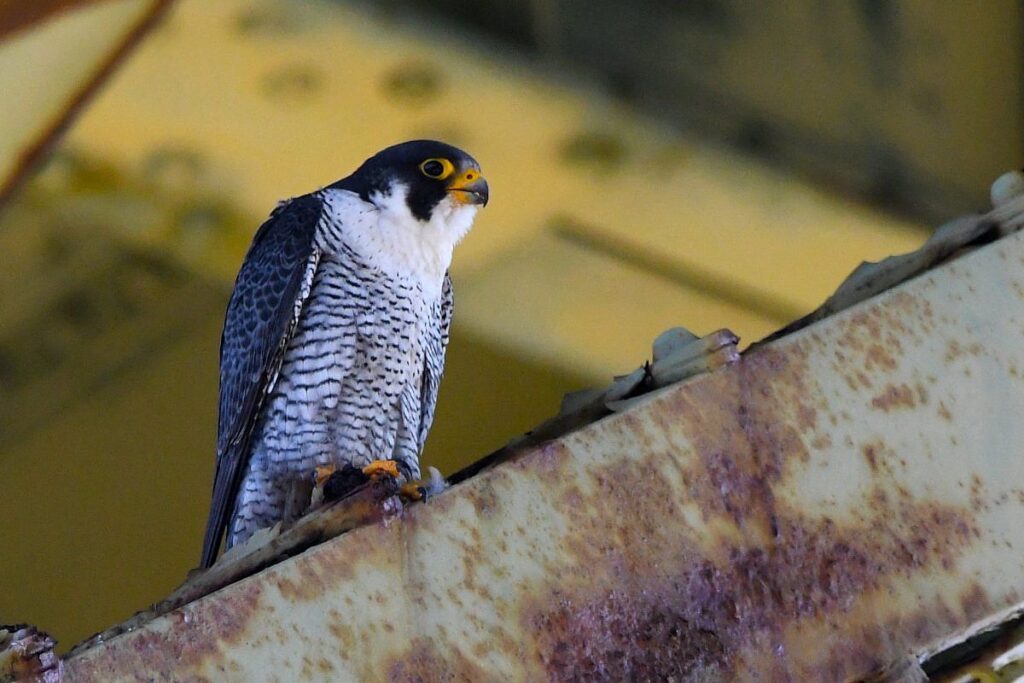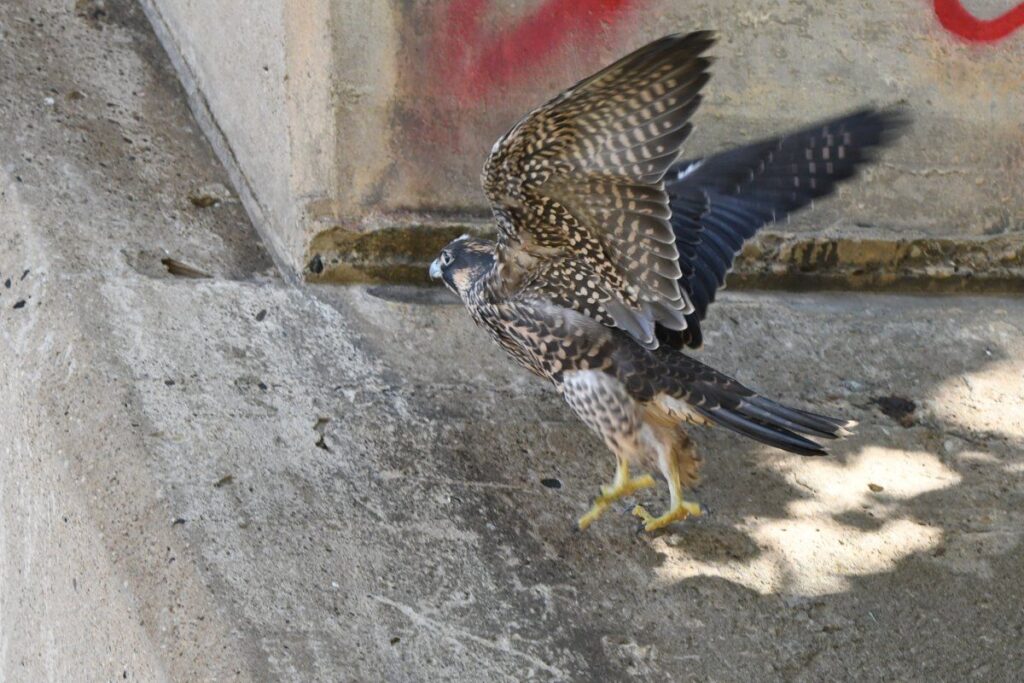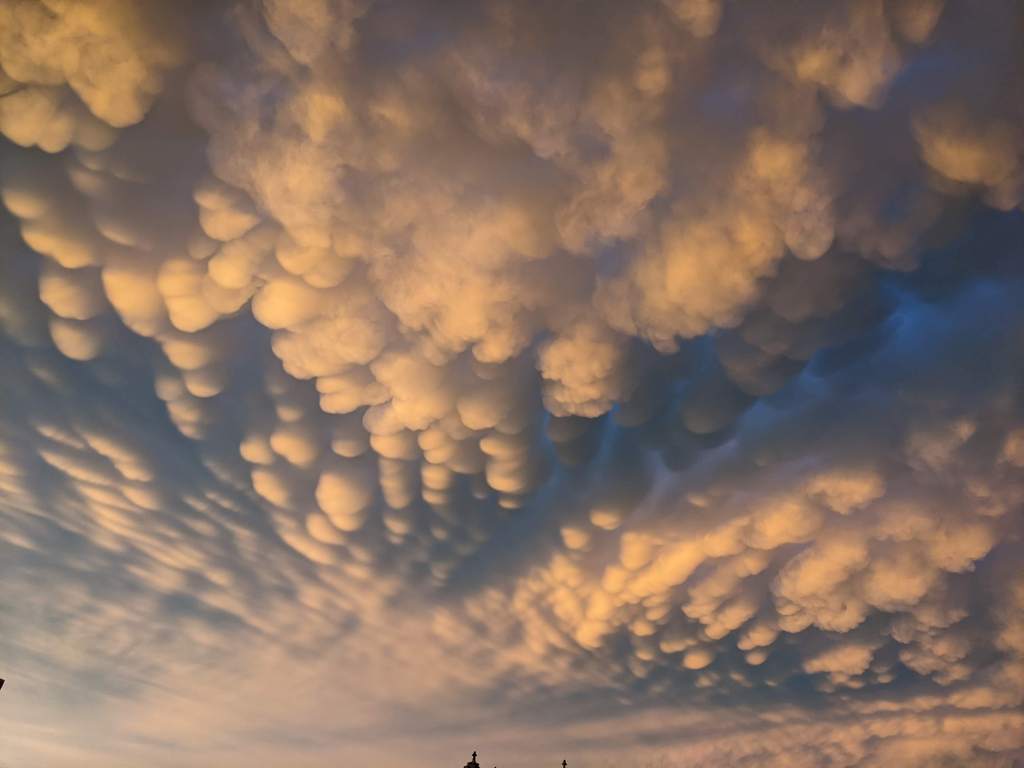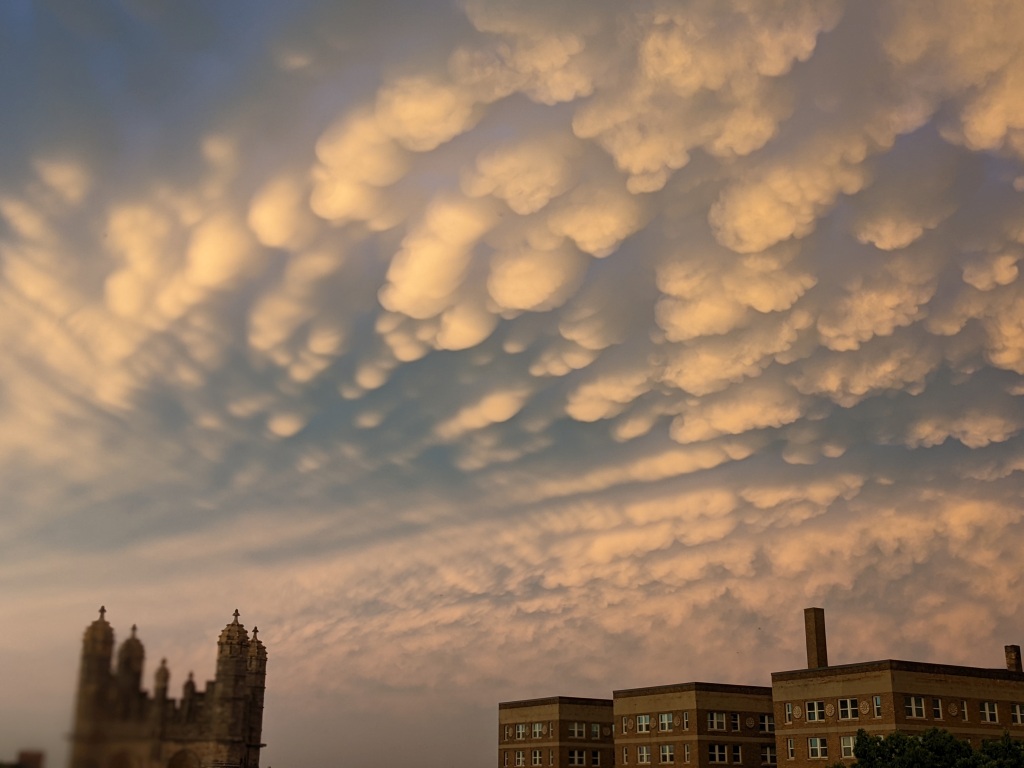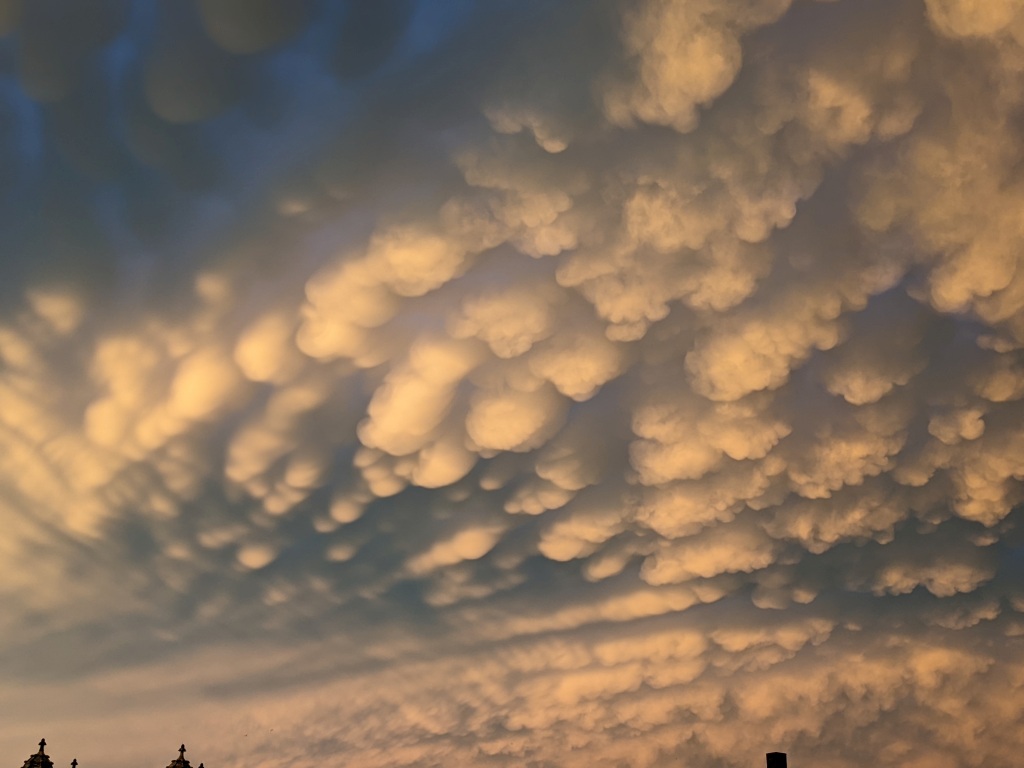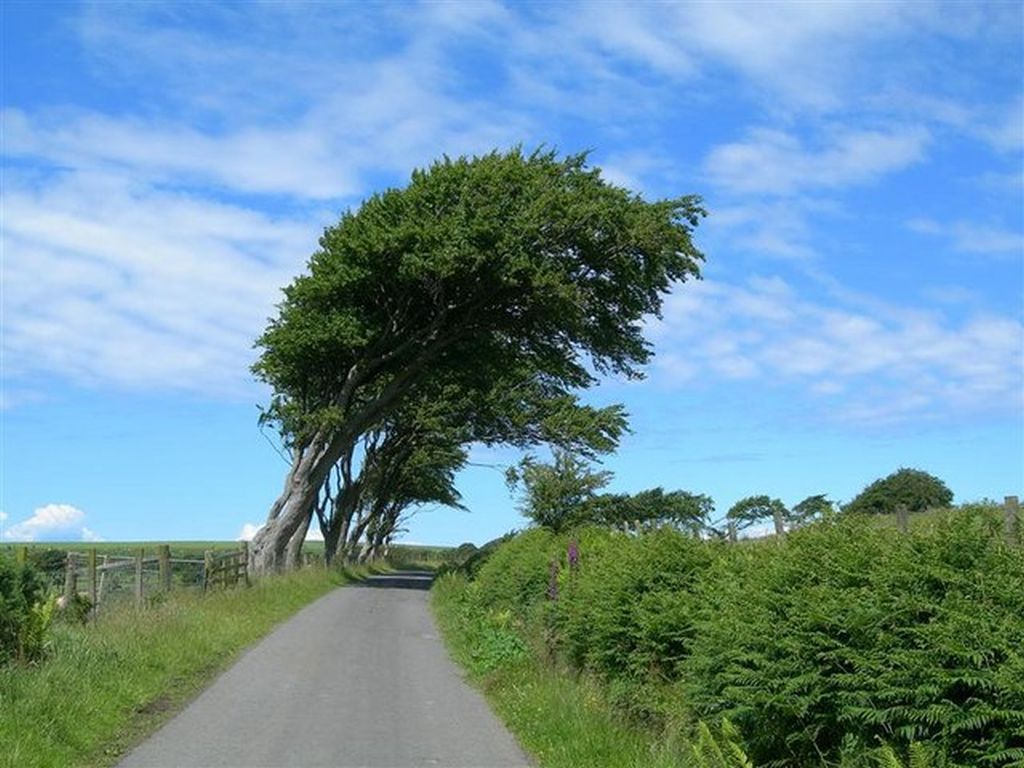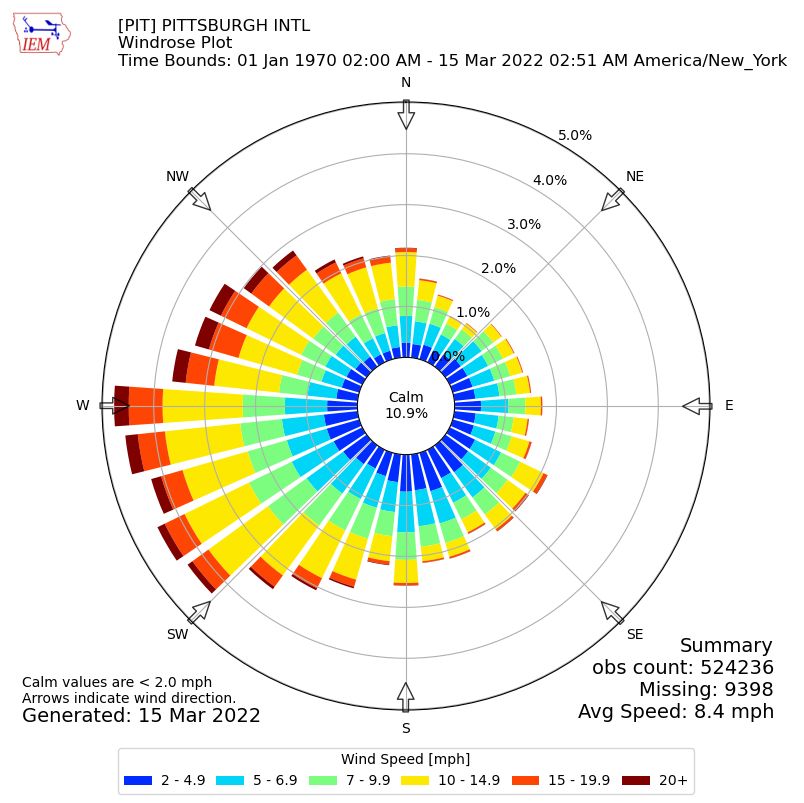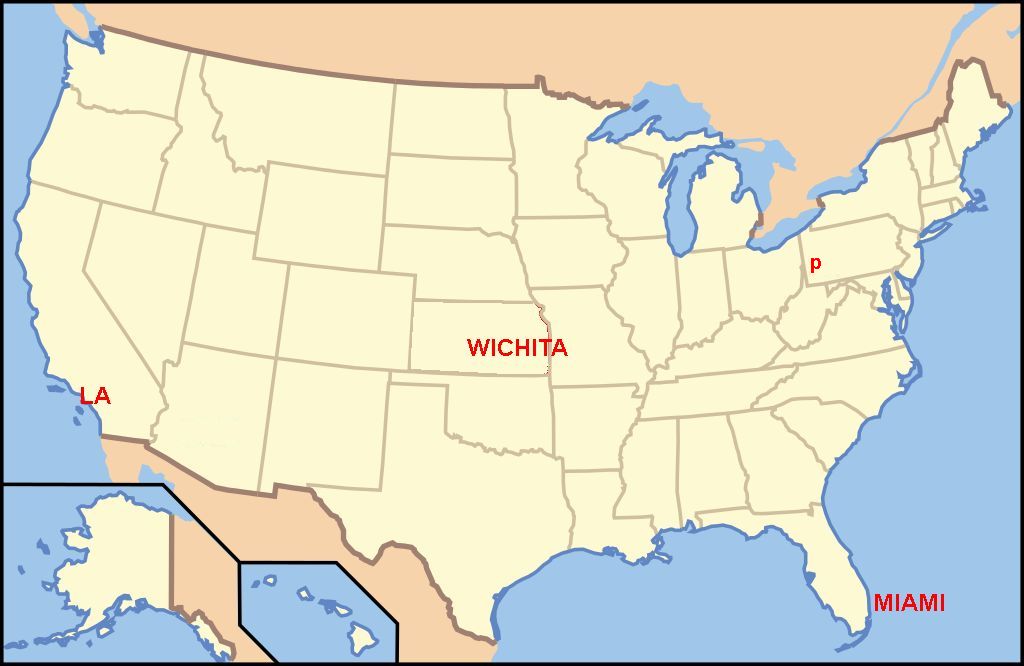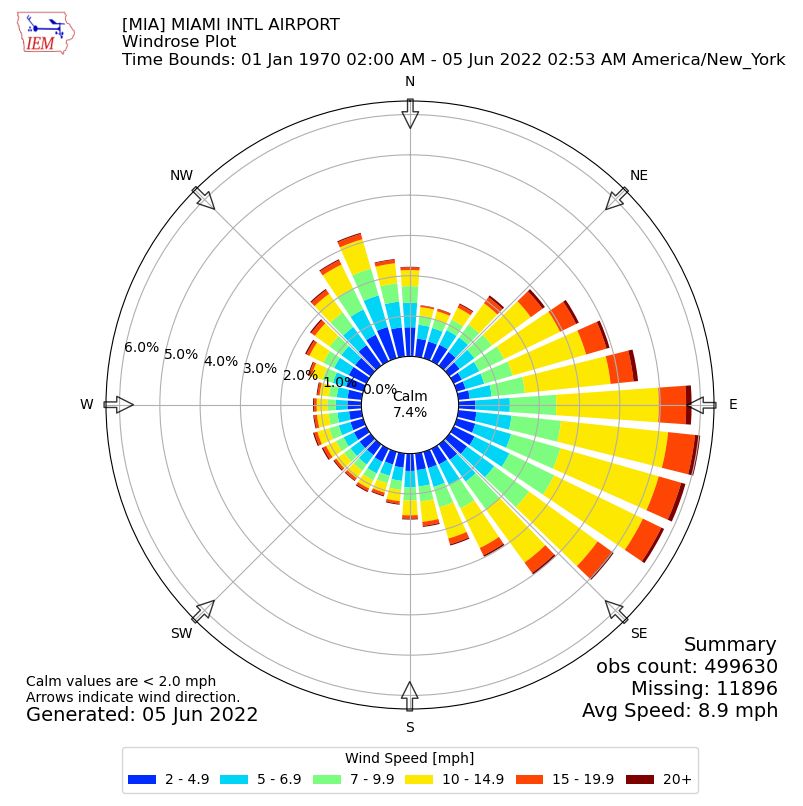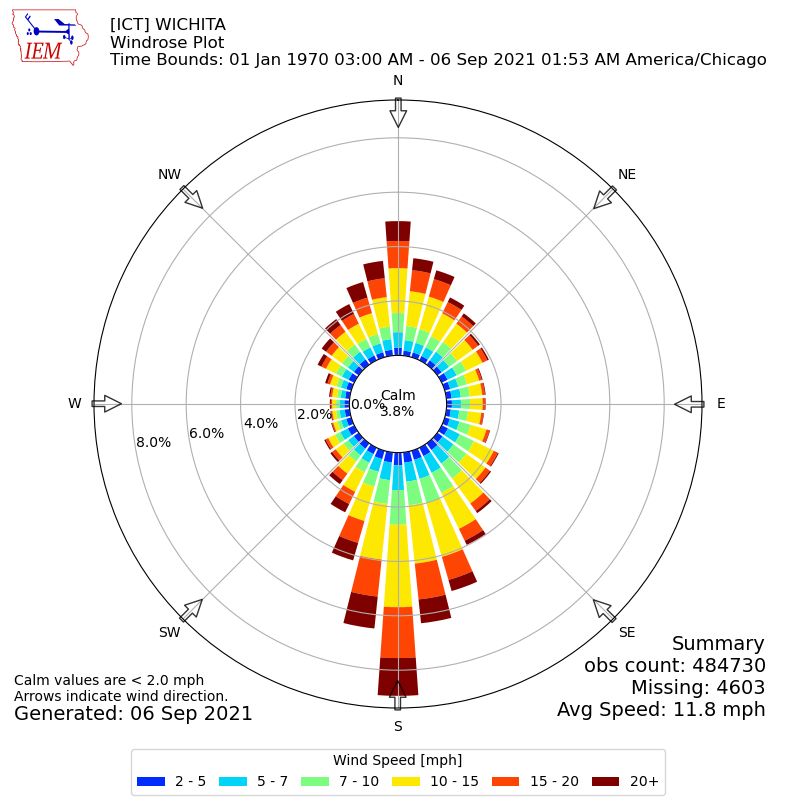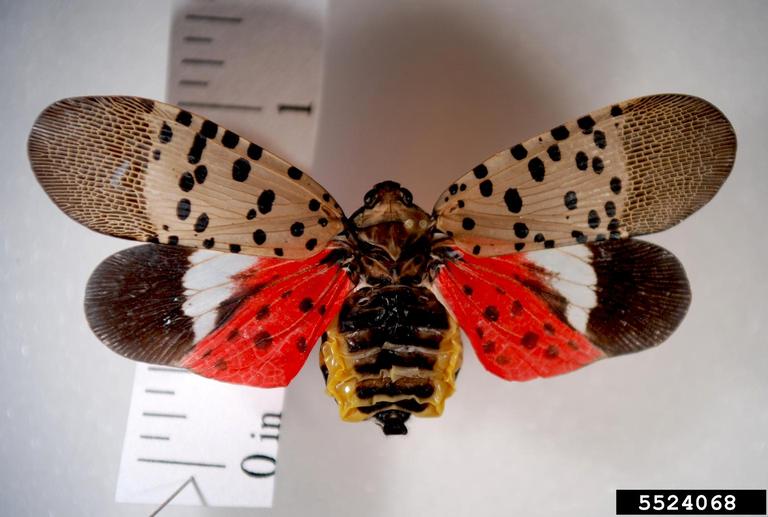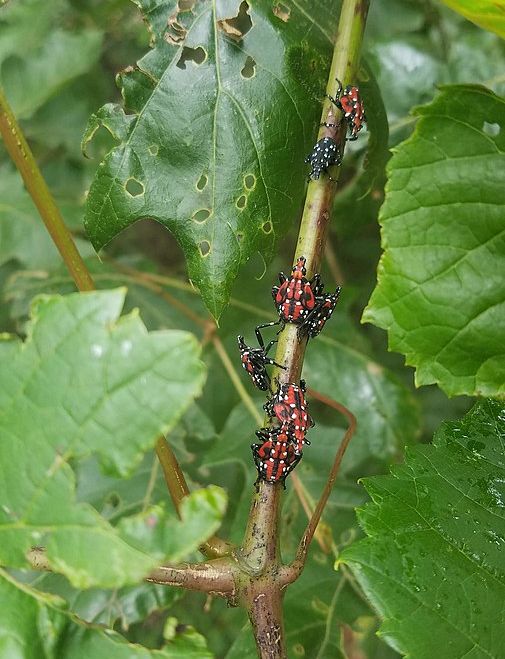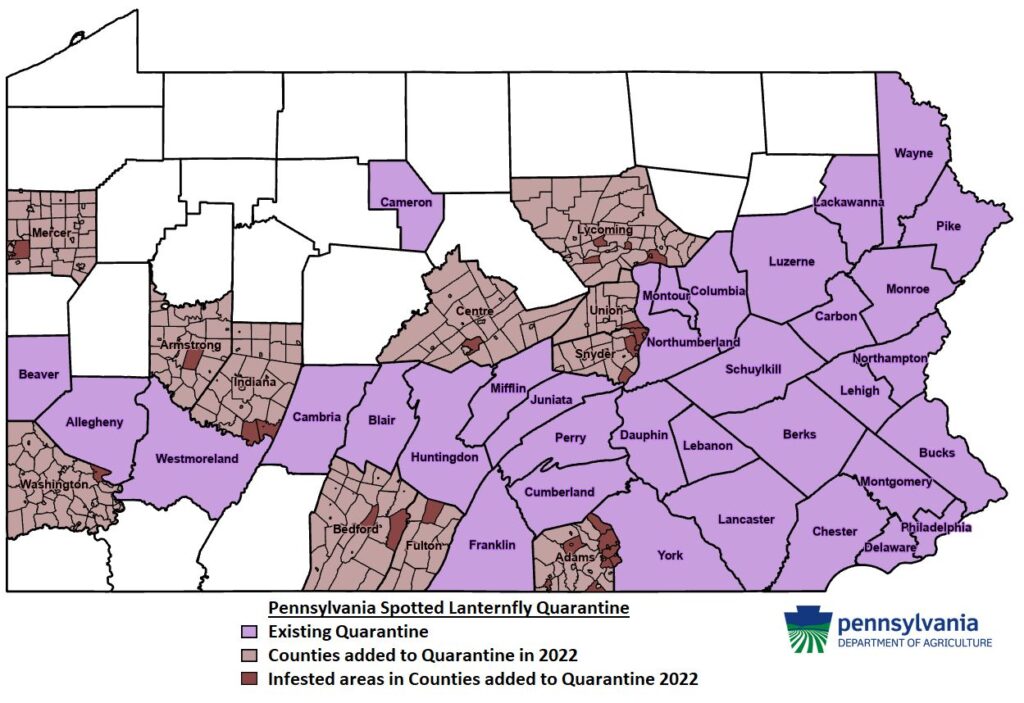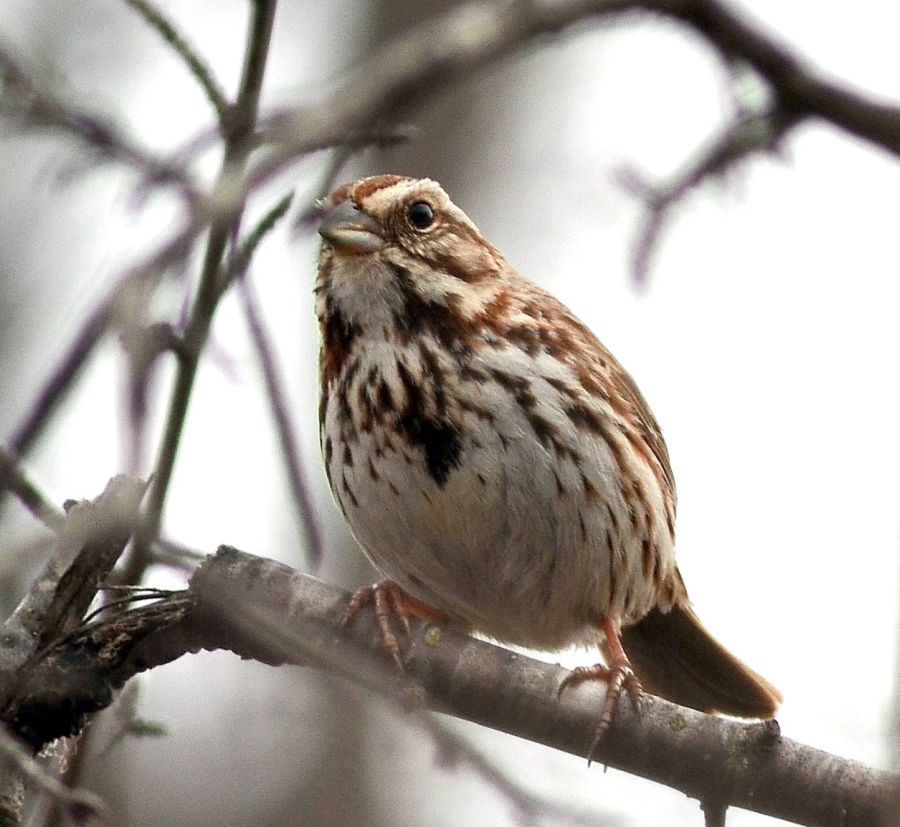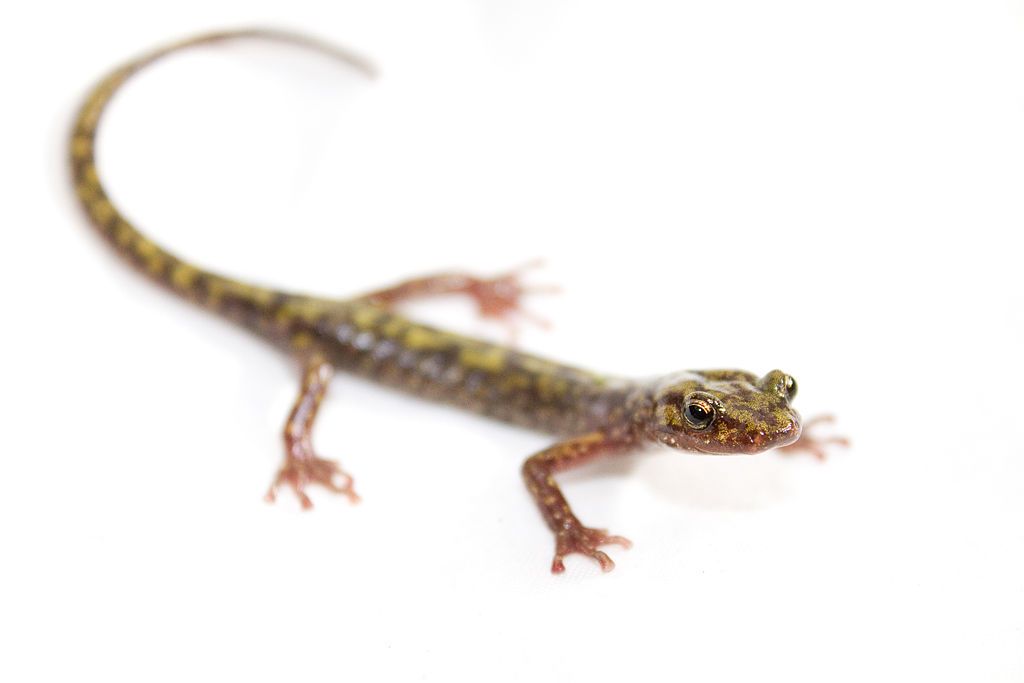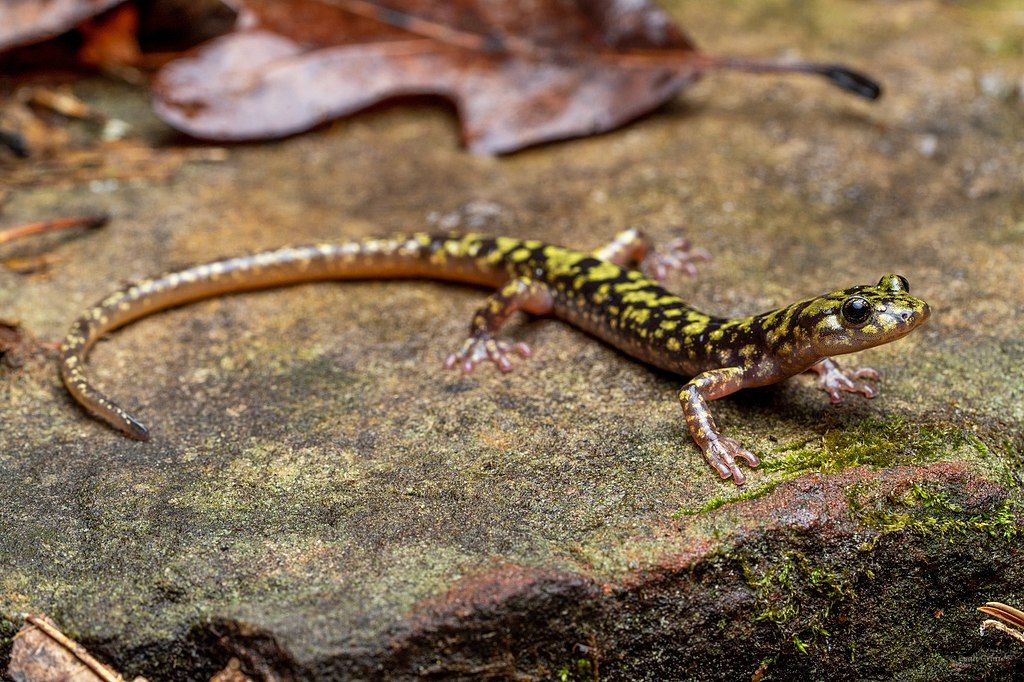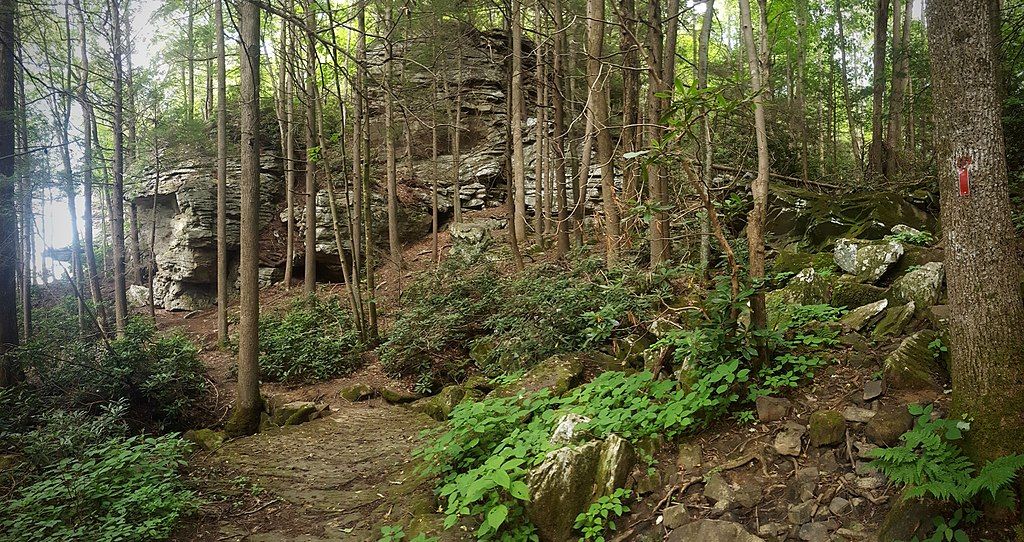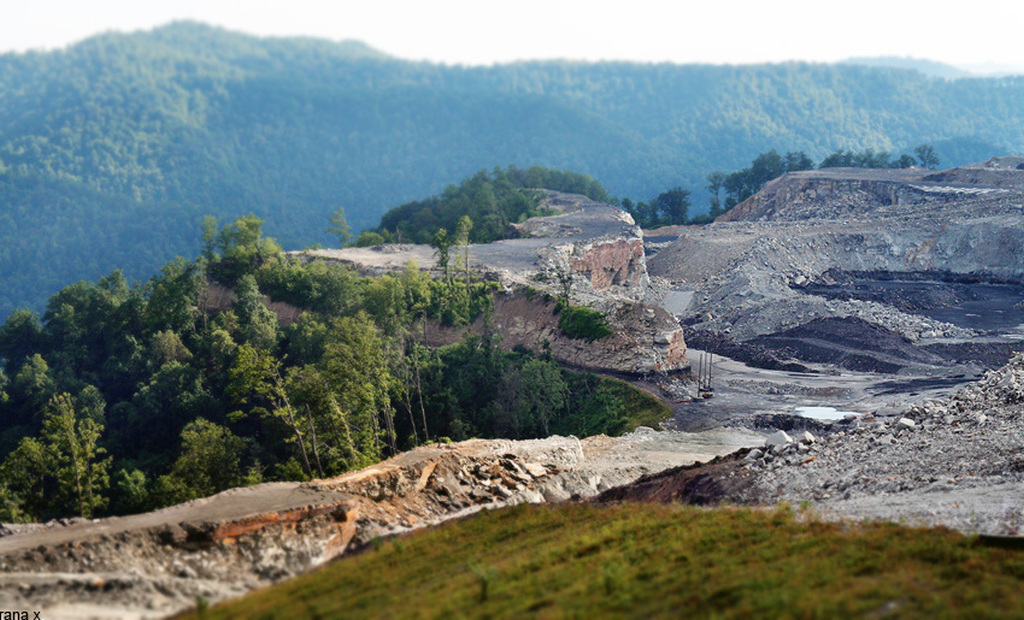
22 June 2022
Pittsburgh is 300 miles from the Atlantic Ocean so the hurricanes that pass over us are not even tropical storms by the time they reach southwestern Pennsylvania. We usually don’t know the names of the remnant hurricanes that bring us rain but there is one that lives in infamy. Fifty years ago this month Hurricane Agnes devastated Pennsylvania, New York, Maryland and Virginia.
In June 1972 I lived with my parents and worked in a restaurant in the South Hills of Pittsburgh. I remember the heavy rain that soaked me during my few steps to the car when my mother picked me up at work. Our neighborhood was not flooded but Downtown Pittsburgh was.

“The Agnes flood crested at 35.85 feet in downtown Pittsburgh, eleven feet above flood stage. The US Army Corps of Engineers estimated it would have topped 47 feet if not for the flood control dams and reservoirs, built since 1938, that held back much of the water. East Branch on the Clarion River was more than full. Kinzua Dam in Warren, PA was within three feet of the top. Tygart Reservoir in West Virginia was 85% full. Other dams stored water at 90% capacity.” — paraphrased from Flood of 1972 at brooklineconnection.com.
Pittsburgh was fortunate to receive a fraction of the rain that fell in the Susquehanna River watershed. More than 10 inches fell in much of east-central Pennsylvania, reaching a maximum of 19 inches in western Schuylkill County.
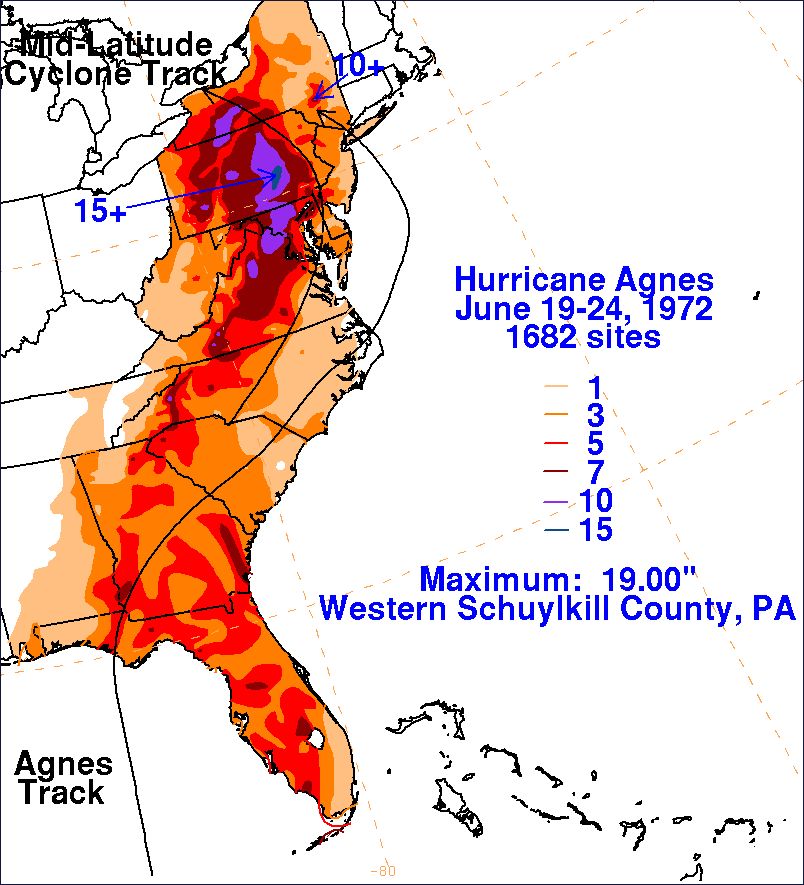
Many Pennsylvania towns were ravaged, including Harrisburg.
So was the Southern Tier of New York, as shown in this 2018 video about Elmira.
That September I returned to college in Geneva, NY and joined a crew of volunteers doing flood relief work in Horseheads, NY, six miles from Elmira. Our job was to remove mildewed interior walls in a house flooded by Newtown Creek during Agnes. The owners were living in a disaster-relief trailer in the backyard and hoped to rebuild their house.
It was a lesson in empathy. The walls were plasterboard on studs, just like those in my parents’ house. We broke the plasterboard and levered it off with crowbars. It could have been my own home that I was taking apart and my own life upended by the flood. I felt very lucky.
Read more about Hurricane Agnes at:
- Pittsburgh Post-Gazette: When Hurricane Agnes slammed soggy Pittsburgh
- Pennlive.com: Tropical Storm Agnes devastated PA in 1972: “Battered, lashed, flooded and paralyzed”
- NOAA: 50th Anniversary of Hurricane Agnes
p.s. This 10-minute archival video shows Corning, NY in June 1972 before and after the flood. It includes flood relief efforts like the work we did in Horseheads.
(photos and maps from the NOAA / NWS, Pittsburgh flood photo embedded from brooklineconnection.com. Click on the captions to see the originals)
